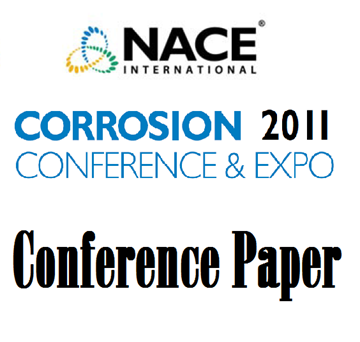Search
Products tagged with 'post weld heat treatment'
View as
Sort by
Display
per page
07094 Understanding and Avoiding Intergranular Stress Corrosion Cracking of Welded Supermartensitic Stainless Steel
Product Number:
51300-07094-SG
ISBN:
07094 2007 CP
Publication Date:
2007
$20.00
11292 Effect of Post Weld Heat Treatment on the Hydrogen Trapping Behavior of Pressue Vessel Steel
Product Number:
51300-11292-SG
ISBN:
2011 11292 CP
Publication Date:
2011
$20.00
Failure Analysis Of 4-Inch Welded Fittings In Treated LPG Service
Product Number:
51322-17850-SG
Publication Date:
2022
$20.00
Polythionc Acid Stress Corrosion Cracking On Proprietary UNS S34751 Similar Welded Joint
Product Number:
51321-16778-SG
Publication Date:
2021
$20.00
Welding Procedure Development For A 13Cr-5Ni-2Mo (UNS S41426) Super Martensitic Stainless Steel
Product Number:
51321-16840-SG
Publication Date:
2021
$20.00





